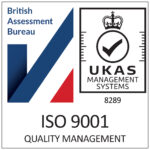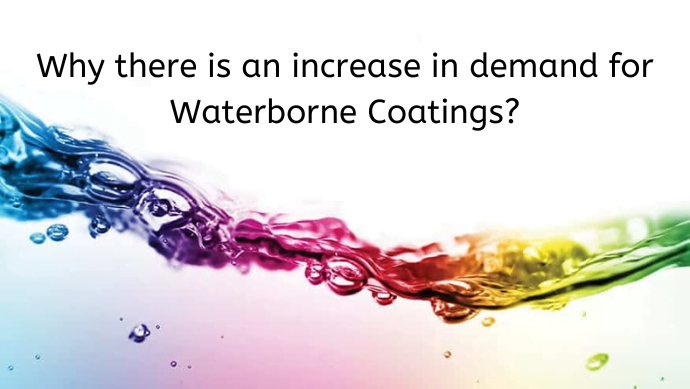Rising Demand for Waterborne Coatings
Waterborne coatings use water as a solvent to disperse the resin, making the coating environmentally friendly and easy to apply. In most cases, waterborne coatings contain up to 80% water in other solvents, such as glycol ethers. These coatings are environmentally friendly because regulations require waterborne coatings to contain less than 3.5 pounds of VOCs per gallon of water.
Reasons for the increase in demand for waterborne coatings
1. Cleaner for the environment
Waterborne coatings are a common source of non-toxic atmosphere. Waterborne epoxy coatings are a non-flammable, non-toxic, non-hazardous way to paint your equipment. These are the ideal choice when looking for a paint finish that is 100% clean air compliant.
2. Clean air for employees
In addition to cleaner waterborne coatings for the environment, they are also healthier for a person’s lungs. Reducing VOCs in waterborne paint improves workplace air quality, thus preventing you from inhaling fewer paint toxins.
3. High gloss finish
The coating itself provides a high gloss finish and also acts as an excellent anti-corrosion protector.
4. Durable and long-lasting
Waterborne coatings are more durable and abrasion resistant. Also, they can withstand heat well and can prevent corrosion. When working in harsh working environments, using water-based paint maintains its glossy appearance and protects your equipment for longer.
Water-based paint uses water as a liquefaction agent instead of chemical solvents, emitting fewer VOCs. The use of water-based paints brings benefits beyond compliance:
- It has less odor, making it safer and more convenient to operate.
- It is less flammable when working in confined spaces.
- You’re unlikely to exceed VOC limits and face hefty fines.
- It is not a hazardous waste product, so your disposal fees will be reduced.
When you are looking to repaint your construction or farm equipment, you may want to consider using waterborne epoxy paint. This paint finish leaves a beautiful, durable, high-gloss finish that lasts longer than other types of paint finishes.
The market trend of waterborne coatings
The waterborne coatings demand is an exciting and growing technological segment in the global coatings market. Waterborne coatings find their way into a variety of end-use sectors. Given the growing interest in sustainability, waterborne coatings will likely witness continued growth, and the market will continue to grow.
The total global waterborne coatings market represents 51% of the value and 57% of the size of the global coatings market. However, most of the waterborne coatings market is in the decorative coatings segment, and 90% of the worldwide market is waterborne. In the non-decorative coatings sector, the total demand for waterborne coatings represents about 10% of the value and 13% of the market size of non-decorative paints.
Segments and chemistry
Waterborne coatings find themselves in different market segments. As mentioned above, decorative coatings are the primary segment of the waterborne coatings market. They account for about 86% of the total waterborne coatings market value. Waterborne decorative coatings consist of acrylic and vinyl-based resins.
In the non-decorative coatings sector, the above chemicals, such as polyurethane dispersants (PUDs), are increasingly being applied in the coating market. In the non-decorative coatings market, the general industrial (GI), wood, and automotive sectors are the most significant market segments.
In the future, we expect aqueous products to grow slightly faster than the coatings market as a whole. As regulations tighten, there will be more switching to water products. Regulations relating to the VOC content of the coatings used. Also, in industrial zones, permits for VOCs that industrial customers can emit at their plants are becoming tighter-This is forcing some consumers to switch to water-based coatings.
Where to get the best waterborne coatings?
Creative Resins offer the best waterborne coatings at affordable prices. Call us today!



